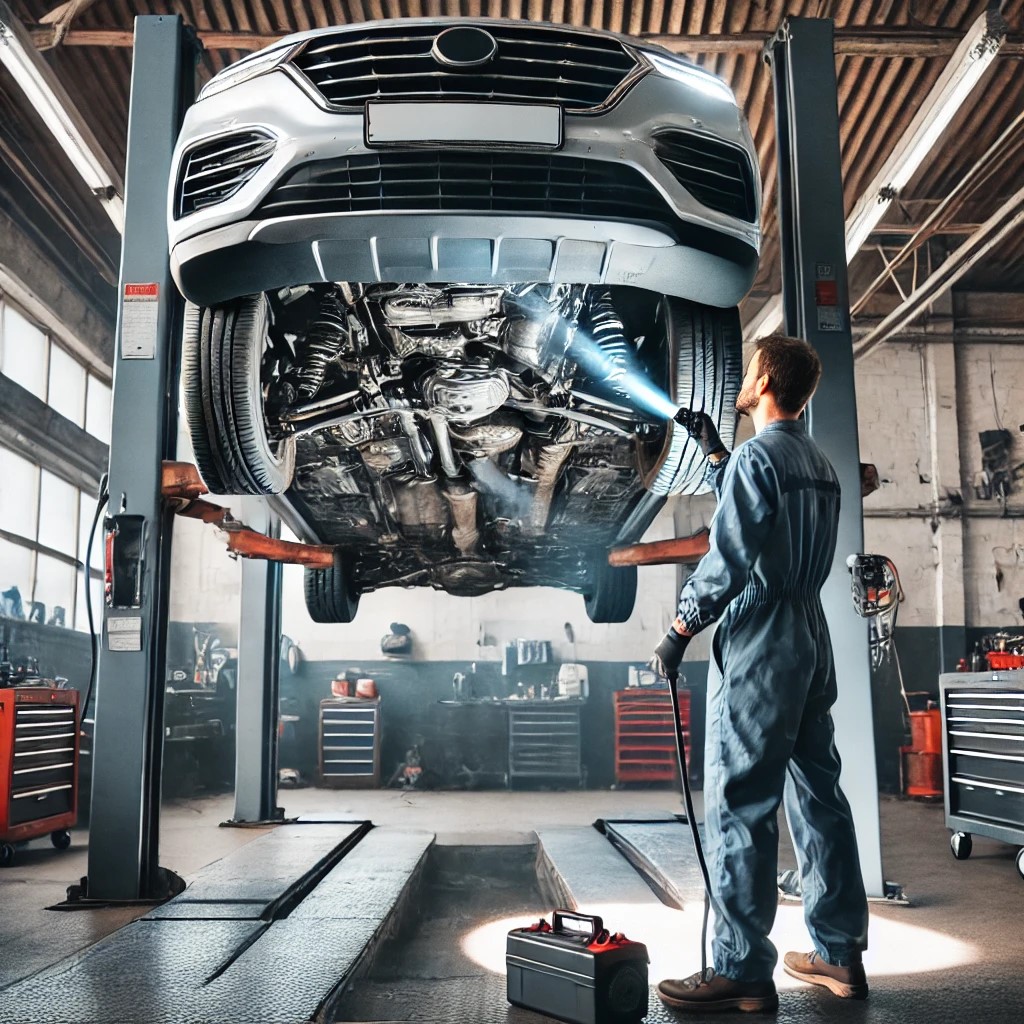What to Expect During a Vehicle Inspection: Key Processes Explained
September 10, 2024How the Vehicle Inspection Process Keeps Your Car Safe
September 10, 2024
In the realm of automotive maintenance, comprehending the essential processes of a vehicle inspection is paramount for ensuring optimal functionality and safety. A meticulous assessment encompasses both internal and external components, such as the engine, transmission, braking system, and electrical architecture, alongside the examination of body panels, lights, and tires. This rigorous scrutiny not only identifies potential mechanical failures but also mitigates the risk of unexpected breakdowns and costly repairs. By understanding these critical inspection processes, one can significantly enhance a vehicle’s longevity and performance. What specific steps ensure these comprehensive evaluations remain consistent and effective?
Internal Components
Examining the internal components of a vehicle is a critical step in the inspection process, ensuring the vehicle’s operational integrity and safety. Central to this examination is the engine, the heart of the vehicle, where inspectors scrutinize for signs of wear, leaks, and performance issues.
The transmission system also demands meticulous attention, as it directly influences drivability and efficiency.
Next, the braking system is evaluated, focusing on brake pads, rotors, and fluid levels, since these elements are paramount to safety. Inspectors also assess the steering and suspension systems, ensuring that they provide stable and responsive handling.
The electrical system, including the battery, alternator, and starter, is another focal point, as any deficiencies can lead to operational failures.
Cultural nuances come into play when considering regional driving conditions and preferences, such as in areas with extreme weather where heating and cooling systems must be thoroughly checked. Brand expertise is vital, as different manufacturers have unique engineering approaches and proprietary technologies that need specialized knowledge.
For those who desire a sense of belonging, understanding that such exacting standards are met can provide reassurance. Every component must work harmoniously to maintain the vehicle’s reliability, reflecting a commitment to communal safety and performance excellence.
External Components
When considering the external components of a vehicle, how do these elements contribute to both aesthetic appeal and functional integrity? The answer lies in the meticulous design and engineering that ensures longevity and performance. The vehicle’s exterior, including the body panels, paintwork, and trim, must be scrutinized for dents, scratches, and corrosion. These elements do more than enhance visual allure; they provide a critical barrier against environmental factors, preserving the structural integrity of the vehicle.
Headlights, tail lights, and indicators are indispensable for safety and compliance with road regulations. Inspecting these lighting systems involves verifying their alignment, brightness, and functionality, ensuring they operate optimally under various conditions.
Windshield wipers and mirrors offer clear visibility, crucial for driver awareness and accident prevention. Any imperfections, such as chips or cracks in the windshield, can compromise both safety and legality.
Tires and wheels are equally pivotal, as they directly influence handling and stability. An inspection includes checking tread depth, wear patterns, and proper inflation.
In conclusion, a meticulous vehicle inspection is the linchpin for maintaining safety, performance, and longevity. By scrutinizing both internal and external components, potential issues can be nipped in the bud, preventing breakdowns and costly repairs. Regular inspections act as a stitch in time, ensuring that vehicles remain reliable and efficient. This comprehensive approach not only safeguards drivers and passengers but also upholds industry standards and reinforces consumer trust in automotive maintenance practices.
Next article Prev article


